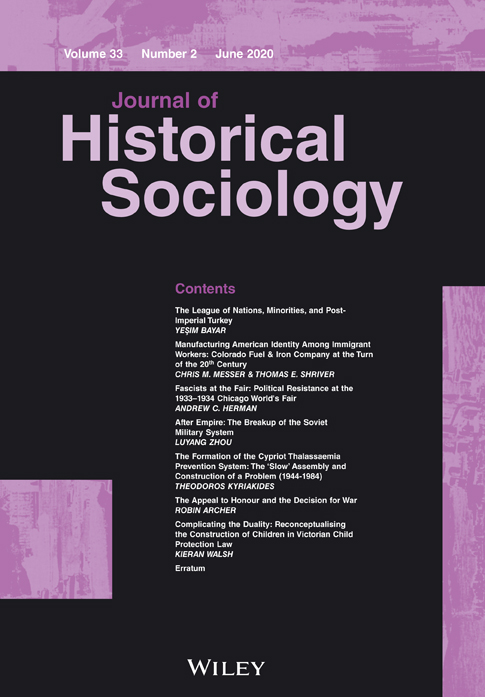After Empire: The Breakup of the Soviet Military System
Abstract
This article examines an understudied topic: after imperial political sovereignty has ended, how does the empire's infrastructural power physically disintegrate along national lines. By tracing the breakup of the Soviet military establishment from 1992 to 1993, this article shows that physical dissolution is a multifaceted process that cannot be equated with political termination of an empire. Drawing on the Russian military newspaper Krasnaya Zvezda over 1992 and 1993, I identify three ways by which successor states exited the Soviet military system: (1) quitting, withdrawing from the Soviet military and establishing a national military from scratch; (2) partitioning, seizing the Soviet military's manpower and assets to establish a national military; (3) staying, maintaining a unified federative military opposed to the idea of developing national militaries. The tracing of these three paths shows that this trifurcation stemmed from the complicated combination of four factors of successor states: the existing capacity to maintain a national military, the security situation at the moment of independence, the expected availability of foreign aids, and the professional backgrounds of nationalist elites. This article concludes that physical disintegration is a process largely distinct from the political termination of empire, and therefore, ought to be carved out as a research area of empire study.




